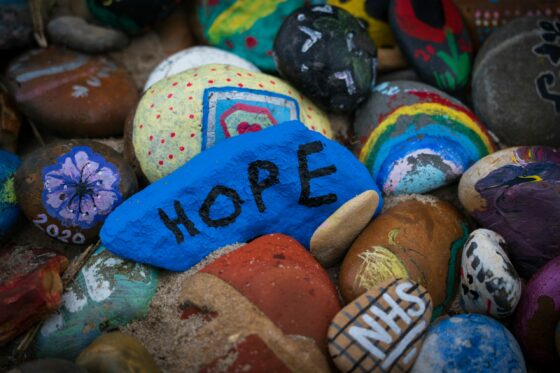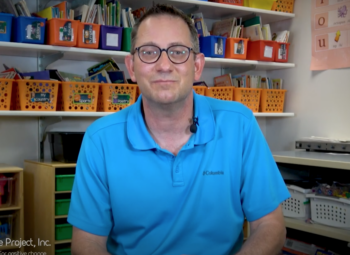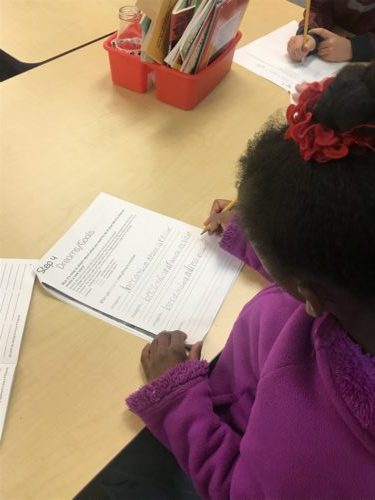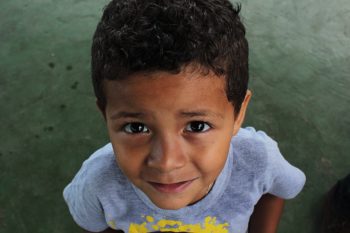
Imagine Hope!
In my fifth grade classroom during the peak COVID era—a hugless year of masks, social distancing and hand sanitizer, I had a student named Chloe

In my fifth grade classroom during the peak COVID era—a hugless year of masks, social distancing and hand sanitizer, I had a student named Chloe

It’s back to school time again and most educators are acutely aware of the potential social emotional needs of students. Last school year was a

It’s back to school time 2021 style and it’s just plain stressful for students, teachers, parents, and admin. The reasons are obvious and endless. I

The Imagine Project became a nonprofit a little over 5 years ago. We have grown tremendously in those 5 years, currently reaching over a quarter

Every parent wants the best for their children. We work hard at making sure they eat right, do well in school, get enough sleep, etc.

As parents and teachers we often see our kids struggling with issues that challenge their ability to cope. It may be keeping up in school,

Are you looking for tools to help kids/students with stress and trauma? Unfortunately, stress and trauma are common issues kids and teens must deal with

When teachers, counselors, admin, etc. use new curriculum/ideas in their school and classrooms, they like to know what they are using is backed by credible

Sadly, anyone with a child, friend, or relative in a school today worries if they will be safe. Unfortunately, the fear of a student being

One of the most profound gifts I’ve witnessed while working with The Imagine Project is watching a child’s face and body language shift from despair




Join our community to get the latest tips, exclusive offers, and updates straight to your inbox. Don’t miss out—subscribe now and be the first to know!